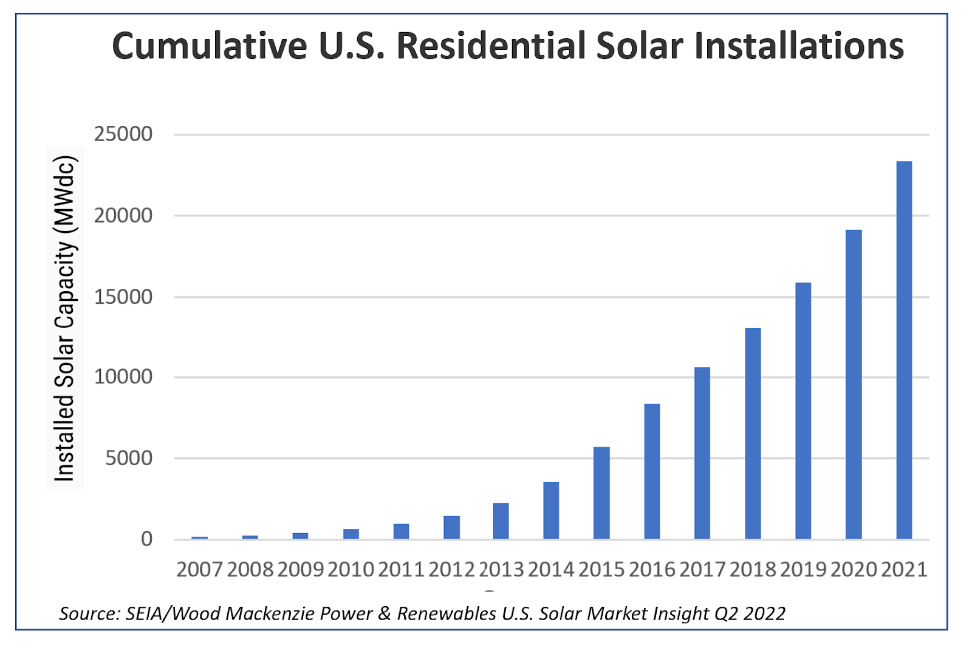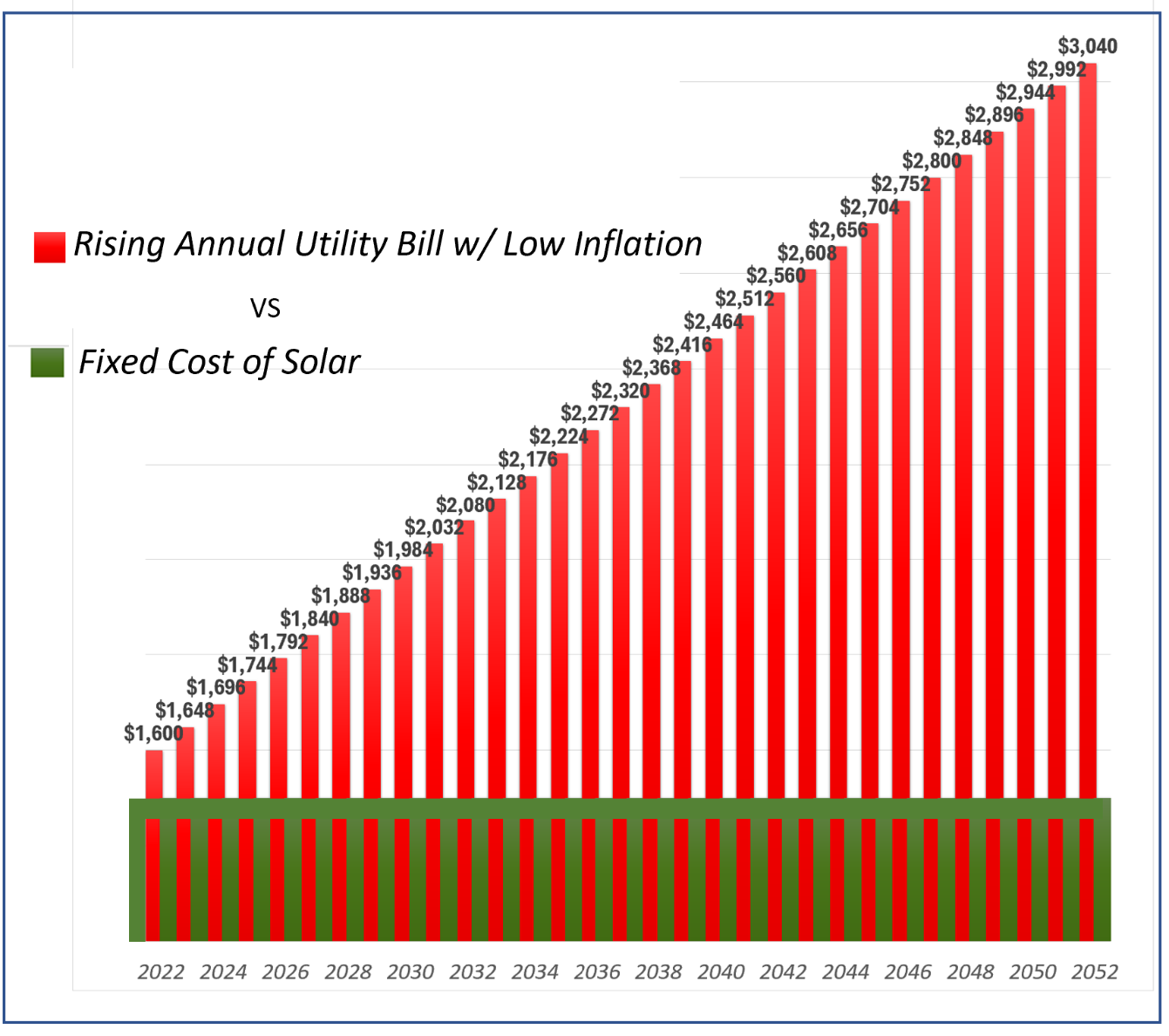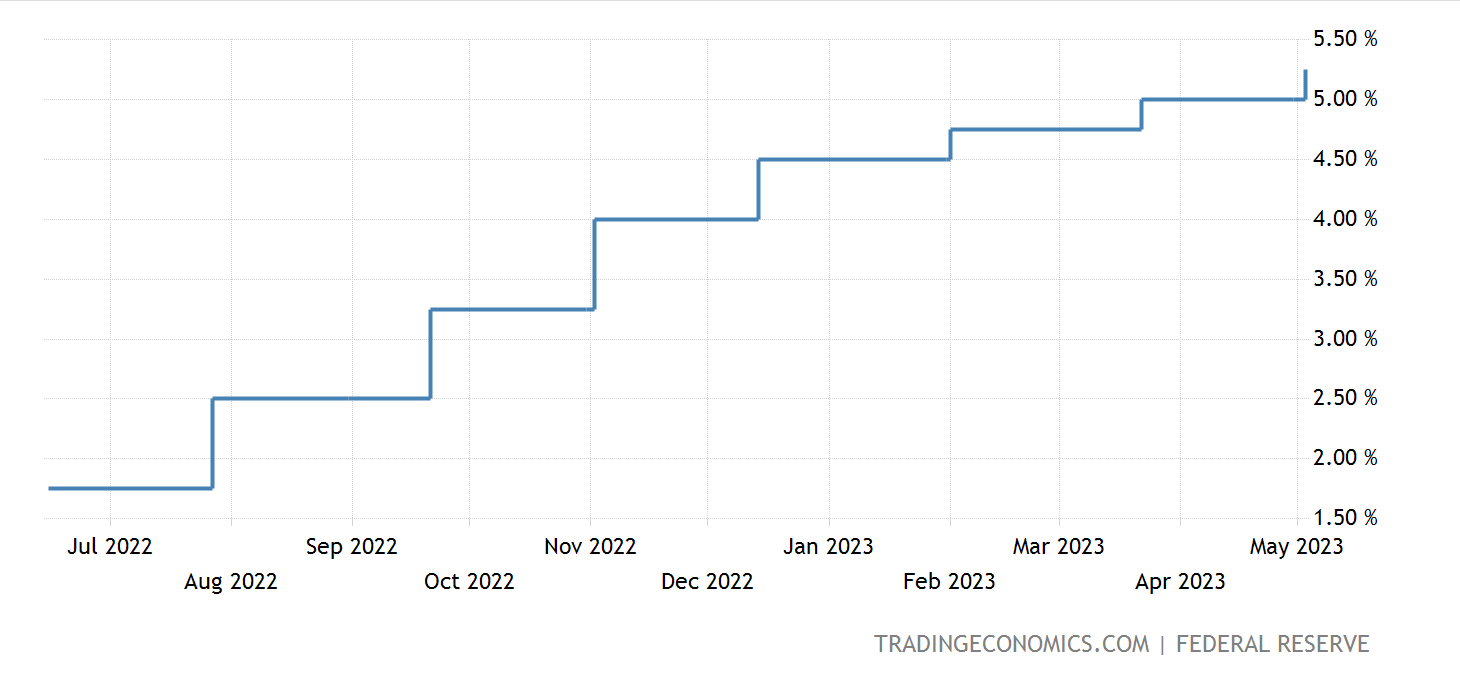No question about it, we’re in the middle of a solar power boom.
Total US residential solar capacity, which was less than 200 megawatts (MW) in 2007, passed the 25,000 MW mark in 2021.

Heightened environmental awareness is no doubt partly responsible for this newfound popularity.
But the bottom line is… well, the bottom line.
And there's no way Americans would be turning to solar power in such record numbers if they weren’t also saving a substantial sum of money in the process.
When you see panels on someone’s roof, it’s a safe bet they’re generating electricity at a significantly lower cost than what they'd have to pay their local utility.
But comparing the cost of solar power to current electric rates significantly understates the financial benefits of residential solar energy.
Continuing to purchase power from a utility company means perpetually rising prices. Whereas, the cost of solar energy, on the other hand, is fixed for the entire 25-to-30-year expected lifetime of your solar system.
Rising Electricity Rates
After decades in which rising prices weren't a serious concern, inflation has come back with a vengeance, reaching a 40-year high last June.
Around 40% of the nation’s electricity comes from burning natural gas, which reached its highest price since 2008, more than doubling in just one year.
When natural gas prices started rising in December, one of Pennsylvania’s biggest utilities, PPL, raised its residential rate by 26%.
At the tail end of 2021, PPL increased its electric rate by 26% in a single month...
... Followed by another even larger 38% rate hike in June...
... And then yet another 18% increase in December.
All told, PPL customers have seen their rates more than double in just over a year.
A Hedge Against Inflation
The average electric rate is currently around 15 cents/kWh.
Average monthly electricity consumption stands at around 900 kWh.
So, the average homeowner without solar power is currently paying roughly $135 a month for electricity or around $1600 annually.
From 2000 to 2020, when inflation never rose above 3.8%, average electric rates climbed from 8.24 cents to 13.15 cents/kWh. That’s a 60% increase over 20 years, or an additional 3% rate hike over the baseline every year.

Even if we ignore the way energy prices are currently soaring, the average homeowner without solar power can expect to pay between $55,000 and $70,000 in electric bills over the next 25 to 30 years.
Which compares very favorably to the average $20,000 cost of a solar system.
And that’s before government incentives are factored in.
The Solar Investment Tax Credit
If you install a solar system this year, the Solar Investment Tax Credit (ITC) lets you deduct 30% of the total cost from your federal tax bill.
If you don’t wind up owing the IRS enough to take full advantage this year, any remaining credit can be carried forward.
So, when the ITC is factored in, that $20,000 average price tag for going solar drops down to $14,000.
Rising Interest Rates
Of course, many homeowners will want to finance their solar systems rather than pay outright, which means that interest payments have to be factored in as well.
And besides the bout of inflation currently plaguing our economy, interest rates are also soaring.
Over the last year, the Federal Reserve's benchmark interest rate has more than doubled—climbing from under 2% to over 5%.
Federal Reserve Benchmark Interest Rate

The average 30-year fixed-rate mortgage now stands at 6.4%. Solar loans are available at about the same rate.
But, just like inflation, interest rates are expected to keep rising for the foreseeable future.
Which is just one more reason to get in while the getting is good.
Meaning the best time to go solar may be now.